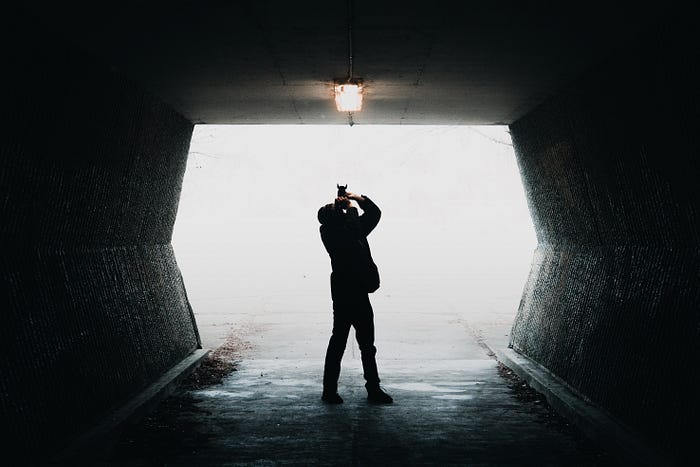Is AI Replacing Human Photography Professionals?

We often think of artificial intelligence (AI) replacing jobs that require a lot of manual labor or processing massive amounts of data. But what happens when AI creeps into areas like photography? Could AI replace human photography professionals?
The short answer is, maybe. At least in certain areas of photography. But as with all industries, we will probably never see a day when AI has completely replaced humans' need to take professional images.
How AI is Being Used in Photography
AI is already blurring the boundaries between image capture, image enhancement, and image manipulation. Photo editors use AI to meld, improve, and augment reality during the editing process. AI can help make more intelligent object-selections and match processing parameters to the subject.
AI is also being used by photographers when they search through their image files. It can help you find images automatically based on what is in an image, instead of through manual descriptions or keywords. AI keeps track of what is photographed and then makes its own decisions about sharpening it to create the best outcome.
One way we see AI used to create photographs is in stock images. Multiple companies have created websites full of stock headshots that designers can use on their websites, sometimes royalty-free. The benefit of using AI to generate stock images is that it can free human photographers up to focus on capturing images they find more exciting and meaningful. The downside, of course, is that many photographers rely on selling stock imagery as part of their revenue stream to keep money flowing while they work on more long-term projects.
AI Can’t Always Compete with Humans in Photography.
Stock images are one thing, especially those generated from a computer and do not depict a real person. But photographing very human events, like a wedding, is another story.
It isn't easy to imagine how AI would handle all the emotions of a wedding, from kids who won’t stand still for the camera to an uncle who insists he should be the one running the show. How will an AI know to capture a tender moment between a bride and her father and turn the camera off during an intensely emotional moment that should be reserved only for private eyes?
The same could be said for photographic journalists, who venture into the world and capture images that show us everything from the atrocities of war to the celebrations of different cultures. Understanding the human side of photography will be essential if a journalist wants to use images to enhance their story and stir up emotions within their readers.
Any photography that is designed to produce an emotional response will always require a human touch. While AI might learn how to perform certain functions exceptionally well, even better than humans, it will never gain the human emotional connection required to capture the defining moments in our lives that remind us of who we are.
Should Photographers Feel Threatened by AI?
For many photographers, AI will change their job function but may not replace it entirely. The real threat we need to worry about is how some might use AI technology to create realistic-looking images that tell a manipulated narrative.
As it becomes easier for humans to manipulate AI to deliver the results they want, we will need to be hyper-vigilant when determining what we choose to believe when we see images in headlines and on the news. Photographers who value their profession will need to deliver images that tell the full story of humanity if they want to stay relevant as AI becomes more prevalent in the field of photography.